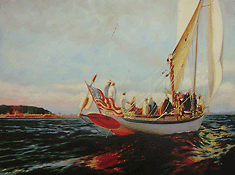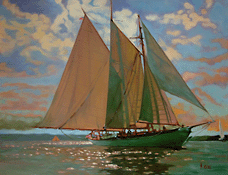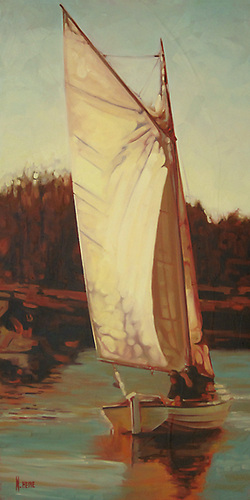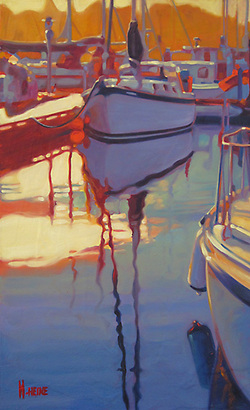Commissioned yacht portraits...

Interested in immortalizing your yacht on canvas?
Click here for commission pricing and further info...
Click here for commission pricing and further info...
Scenic paintings gallery...

A gallery of available scenic paintings by Mark Heine
Click here to view...
Click here to view...



